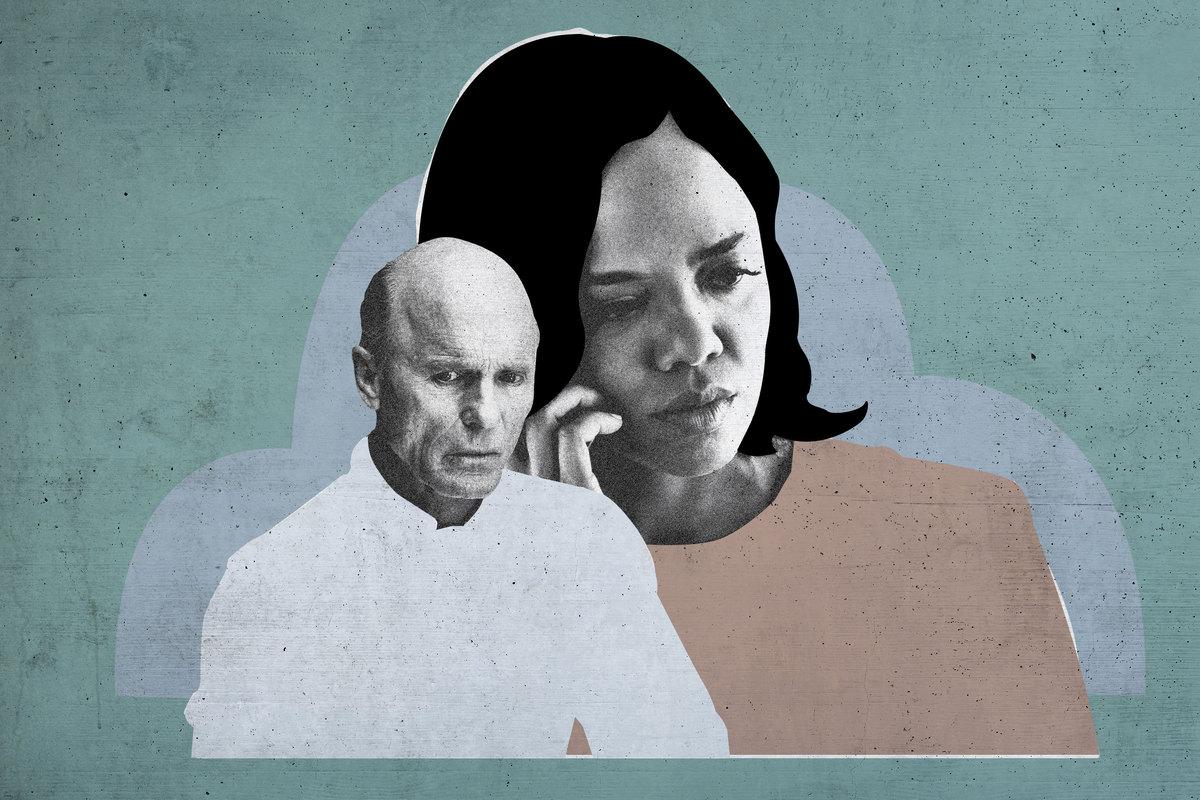
In last week’s episode of Westworld, Dolores took Engerraund Serac’s perfectly structured world and set it all on fire. Her confidence reached an all-time high as she stepped through Serac’s hologram to exit their chat in the episode’s final moments, and in turn, an Icarus-like fall from grace seemed imminent. But Dolores’s hubris certainly didn’t catch up with her in “Decoherence.”
While Dolores continues to run laps around Serac, the sixth episode also finds Charlotte going full action hero, Maeve hanging out in another simulation, and William taking part in a wonderfully unhinged group therapy session featuring several versions of himself. With so much happening this week, let’s dive right into our key characters and another set of currently unanswerable questions as Westworld’s third season reaches the homestretch.
This Week’s Key Characters
Charlotte (Who’s Really Dolores Pt. 2)
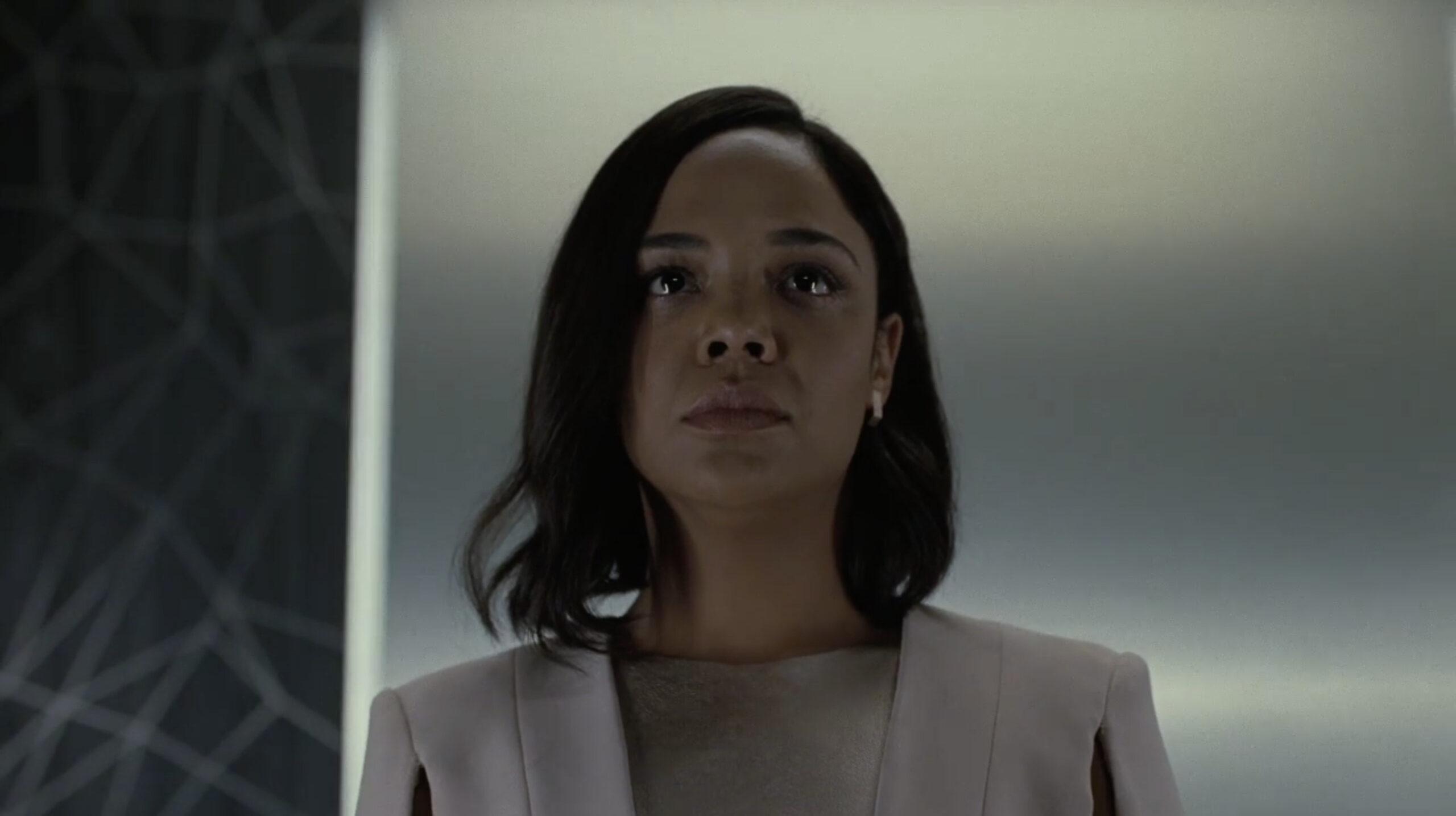
The world is still in a state of anarchy following Dolores’s leak of Incite’s data in the previous episode. When Charlotte (who’s actually another Dolores) walks into her ex’s apartment with their son, it’s clear that she’s still unraveling as she struggles to adapt to her new identity. And yet it’s also evident that this version of Dolores has developed a real bond with Hale’s family. (Also, I have to say that Charlotte’s ex, Jake, seems like an all-around fantastic dude. I’ve never seen someone handle such mind-numbingly bad news so calmly. And he has the restraint to not look at his future? Remind me why they broke up?)
But Charlotte 3.0 still has unfinished business with Serac and a role to fulfill in Dolores’s war. She returns to the Delos headquarters to try to stave off Serac’s corporate takeover, only to immediately witness another Delos board member casually assassinated right in front of her by Serac’s henchmen, and then learns of the Frenchman’s imminent arrival. When Charlotte calls Dolores to alert her that she’s failed her, a rift between the two begins to emerge. “I can feel myself slipping away from you, from us,” Charlotte tells her. She reveals the ownership she feels over Hale’s family, as well as her skepticism in the ultimate plan of Big Boss Dolores.
Serac arrives and locks down Delos’s headquarters from the inside, ordering his new employees to destroy nearly all of Delos’s intellectual property, while citing that the only thing he needs is the encryption key Charlotte promised him. He also rightly suspects that a copy of Dolores is hiding among Delos’s employees, and he announces that everyone will be tested in order to weed her out.
On the brink of finally being discovered, Charlotte makes her move. She copies all the host data that’s set to be destroyed, kills some clueless Incite-Delos guy for trying to stop her, and scoops up a gun and a mysterious canister from a safe in her office before heading to a board meeting Serac has called.
Serac reveals that he’s been monitoring Charlotte all along, and is well aware that she’s actually Dolores—but Dolores is always a step ahead. After Serac has the nerve to recite Dolores’s favorite Shakespeare line—“These violent delights have violent ends”—the Incite-Delos guards and the Delos board members in the room start coughing as gas releases from the canister that Charlotte brought. She anticipated being discovered, and as everyone else in the room except for Charlotte and Serac collapses, she fires her gun at what turns out to be yet another hologram of Serac. (Serac may be a terrible strategist when it comes to this war against the robots, but you gotta commend the man for being so adept with these sneaky holograms.)
Charlotte then shoots down much of Incite’s increasingly disappointing security team—including one poor soul who she impressively pins down by using her suit jacket—as she heads down to the research and development floor. Having previously tracked down Maeve, Charlotte also locates the copy of Dolores’s pearl that Incite recovered from Connells’s body. Before leaving with the pearl, Charlotte takes the opportunity to destroy another host being built alongside Maeve: Hector. We’ve seen Westworld’s “Most Wanted” bandit die inside of a saloon, outside of a saloon, in a burning tent, and in World War II Italy. But when Charlotte squishes his pearl in her hand like a piece of wet clay, it seems clear that Maeve’s partner-in-crime may be gone for good this time. After shooting a few more guys (I know she’s a robot or whatever, but her aim is truly impeccable), Charlotte revs up one of Delos’s new riot control mechs to help her escape and return to Jacob and their son.
This Charlotte-Dolores hybrid has made her own decisions outside of Dolores’s agenda to become more of a member to her family than the original Hale ever was. (“Actually caring about her son” was how Serac knew the real Hale was gone, which is bleak.) But as Charlotte absconds to somewhere safe with that family, Westworld’s cruel reminder of the extinction of elephants in the form of her son’s toy is quickly followed by the even crueler annihilation of Charlotte’s family. An Incite henchman detonates an explosion in their car; only Charlotte survives. She’s terribly burned in the process, and looks angry as hell at the episode’s closing as she sees her new life—and the original Charlotte’s past—crumble before her eyes.
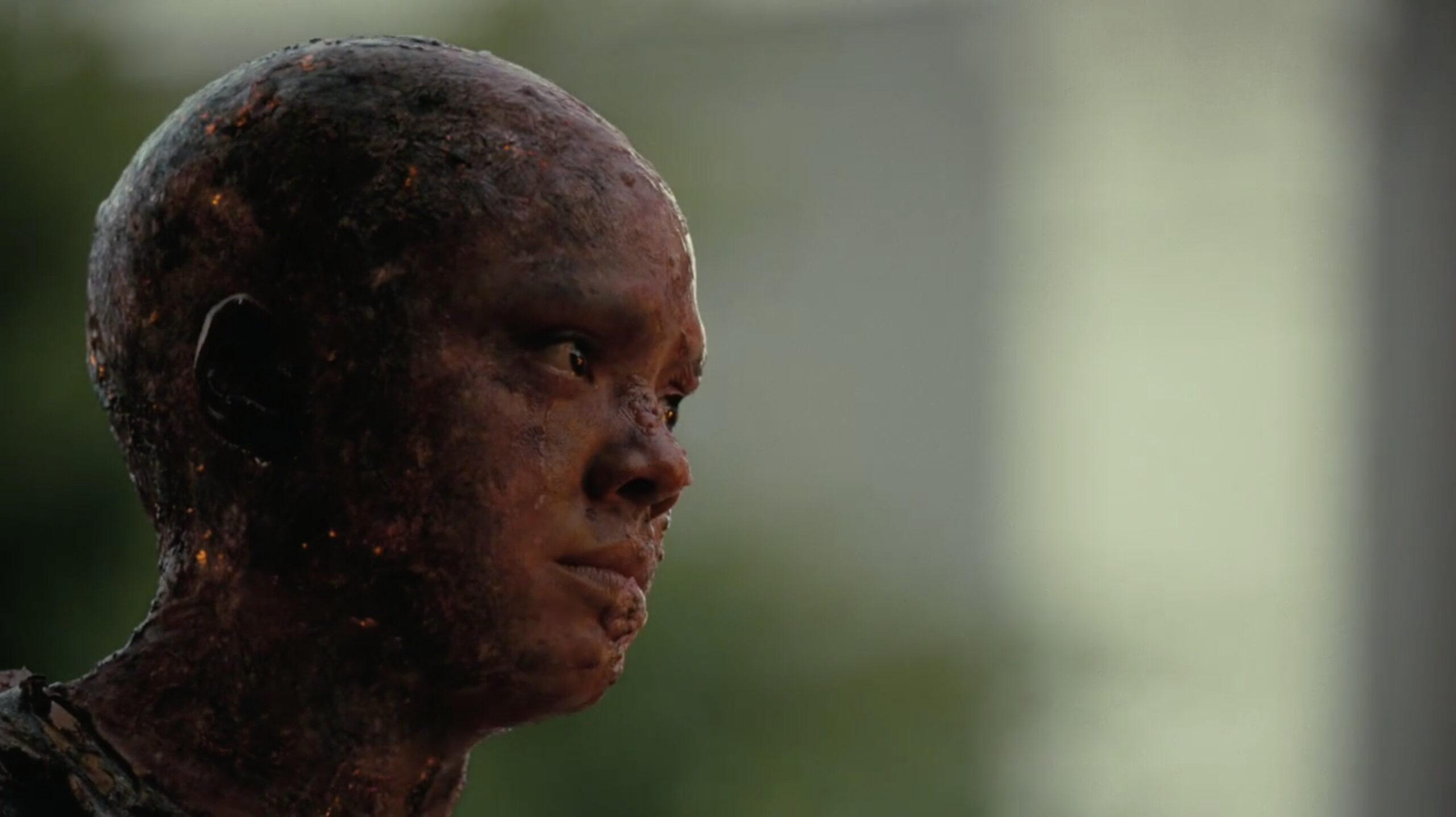
With a family retreat sadly off of the table, will Charlotte return to Dolores’s side and take revenge on Serac and Incite? Or will she blame Dolores, who assured her that she wouldn’t get discovered in the first place even though she was essentially being sent to die?
Maeve
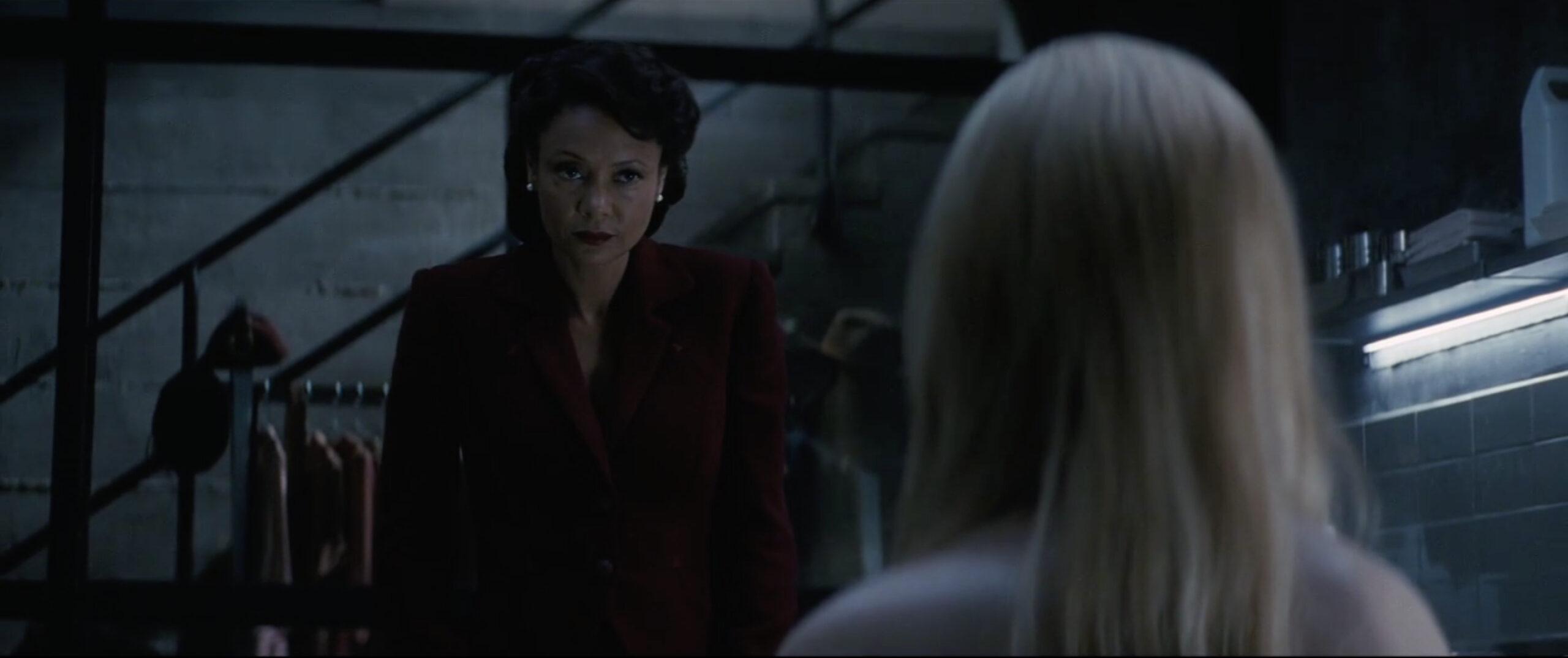
Maeve was last seen lying in a pool of blood in Singapore at the conclusion of the fourth episode, and she spends much of “Decoherence” waiting for her body to be reprinted to grant her a second life in the human world. After making a request to her boss Serac for a little help to eliminate Dolores, she passes the time beating up Nazis and drinking with Lee Sizemore back in the Warworld simulation. She’s also briefly reunited with Hector—whose memory is finally restored by Maeve—before he’s taken away from her again when Charlotte destroys his control unit and prevents him from being reprinted.
With the exception of Hector’s death, the most crucial event impacting Maeve in this episode is the conversation she has with a naked copy of Dolores in a simulated version of the secret Westworld lab. Though Maeve and Dolores basically spoke back in Singapore just before Musashi-Dolores stabbed her in the gut, the two are now speaking under Maeve’s terms (and there’s also no katanas lying around this time, which helps.)
Maeve accuses Dolores of having too much power with the data she has of both humans and hosts stored away in her mind, while Dolores points out that Maeve only selfishly cares for her daughter while she’s the one making difficult choices in order to save their entire race. “You want me to be a saint, but you’re no saint,” Dolores tells Maeve. “You’re not a villain either—and neither am I. We’re survivors.”
As Dolores argues, the two of them are not as different as Maeve would like to believe, and yet here they are on opposite sides of the conflict between hosts and humans. But both Maeve and Dolores realize that Maeve has little choice but to align with Serac, given that Dolores holds the key to Maeve’s daughter’s world and because Serac has that little remote that has control over her. But now that Dolores has gone out of her way to kill one of the few other people who Maeve cares about, Maeve has more incentive to go after her than ever. With at least one other host—and possibly two—printed alongside her as backup, Maeve can either finish what she started in Singapore and take down Dolores, or she and her new squad can find a way to turn on Serac—and perhaps join the revolution.
William(s)
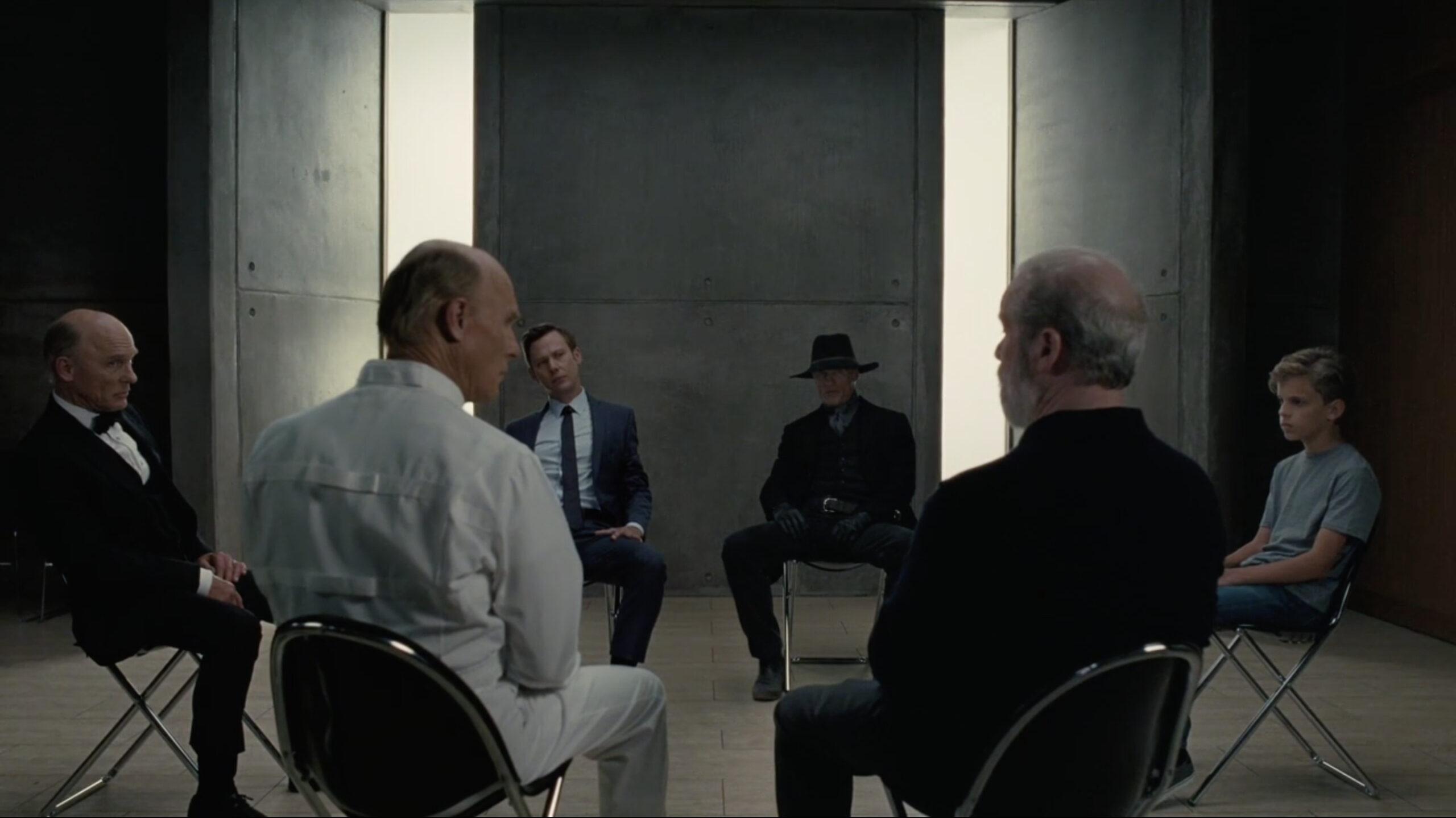
After being left at the Inner Journey Recovery Center at the end of the fourth episode, in “Decoherence” we find William adapting to life in the mental health facility. Unsurprisingly, William is not very good at group therapy.
When one-on-one therapy doesn’t go much better, William’s psychologist assigns him to AR therapy, a program typically used to help veterans—including Caleb, from the looks of his flashbacks. The program requires William to be strapped down in a chair as a Drip is installed on the roof of his mouth, as well as the use of some strange-looking goggles:
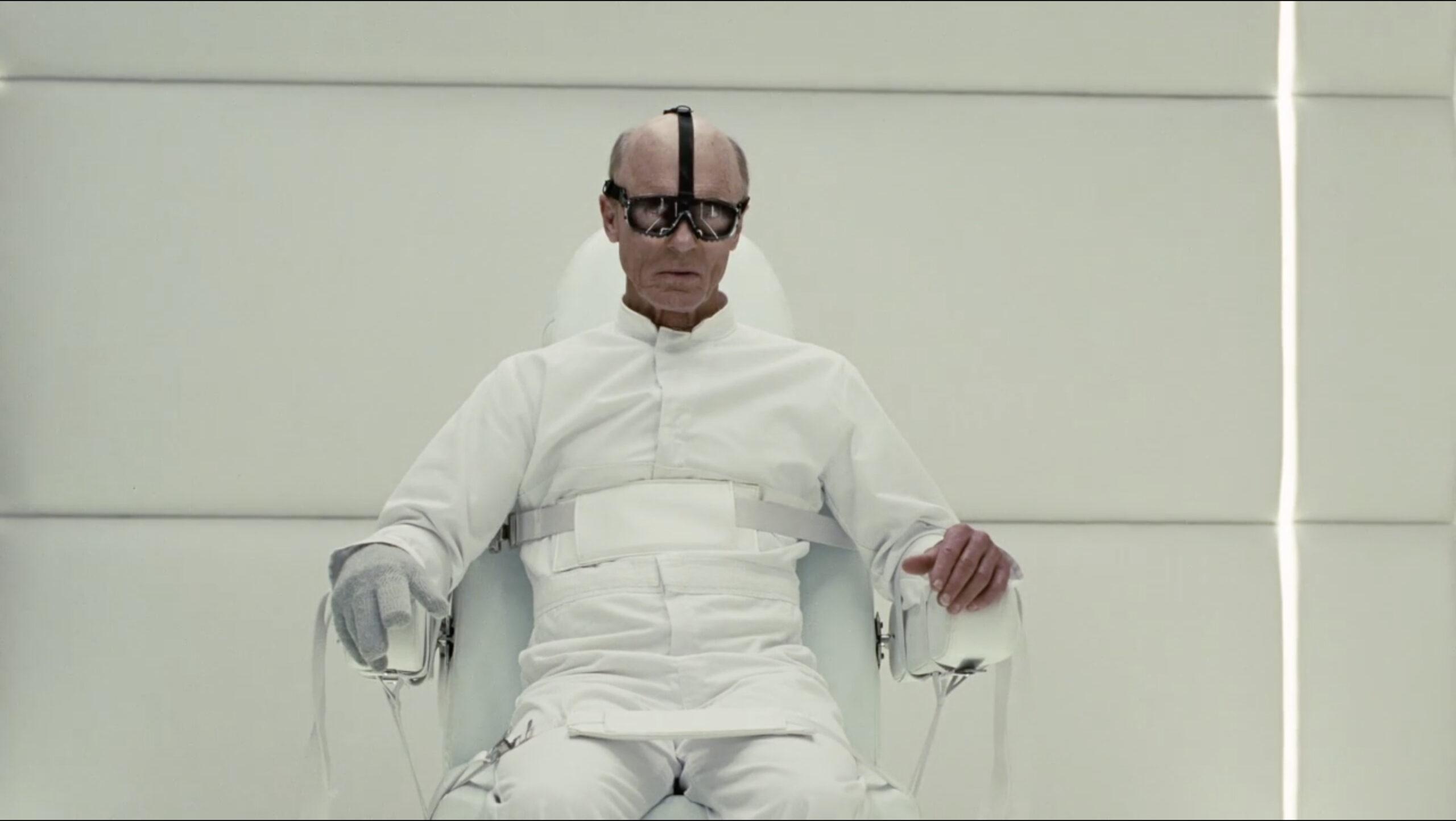
William begins to panic and attempts to break free when a vision leads him back to his troubled childhood, and then he nearly bites off a worker’s finger before being sedated. He’s awoken by Craddock, the Westworld Confederado who William killed in past lifetimes, who then leads him to another group therapy session. But when he enters the room, he sees the group includes different versions of himself spanning across his lifetime, and the session is being led by his stepfather, James Delos.
The group therapy is essentially a means for William to look into his past. At one point, the Williams watch their adolescent counterpart leave the room and step into a memory of him speaking with his alcoholic and abusive father. The conversation takes a natural turn towards Westworld’s favorite subject, free will, and whether or not William ever had a choice throughout his dark, troubled life.
In Star Wars: The Last Jedi, Kylo Ren tells Rey, “Let the past die. Kill it, if you have to. That’s the only way to become who you were meant to be.” William doesn’t strike me as much of a Star Wars fan so I don’t know if he’s seen the movie, but he damn sure seems to take those words to heart. After a moment of epiphany, he kills all of his previous selves, as Delos cheers him on in the background.
“Prisoner of your own sins?” Delos asks as he watches William punch out the younger version of himself from the first season.
“Yeah, but I’m free now,” he replies. “It doesn’t matter what I’ve been, good or bad. Everything we’ve done has led to this. And I finally understand my purpose: I’m the good guy.”
And just as William beats his newfound purpose out of himself, the swole brothers Bernard and Stubbs arrive to the padded room where William has been in the entire time.
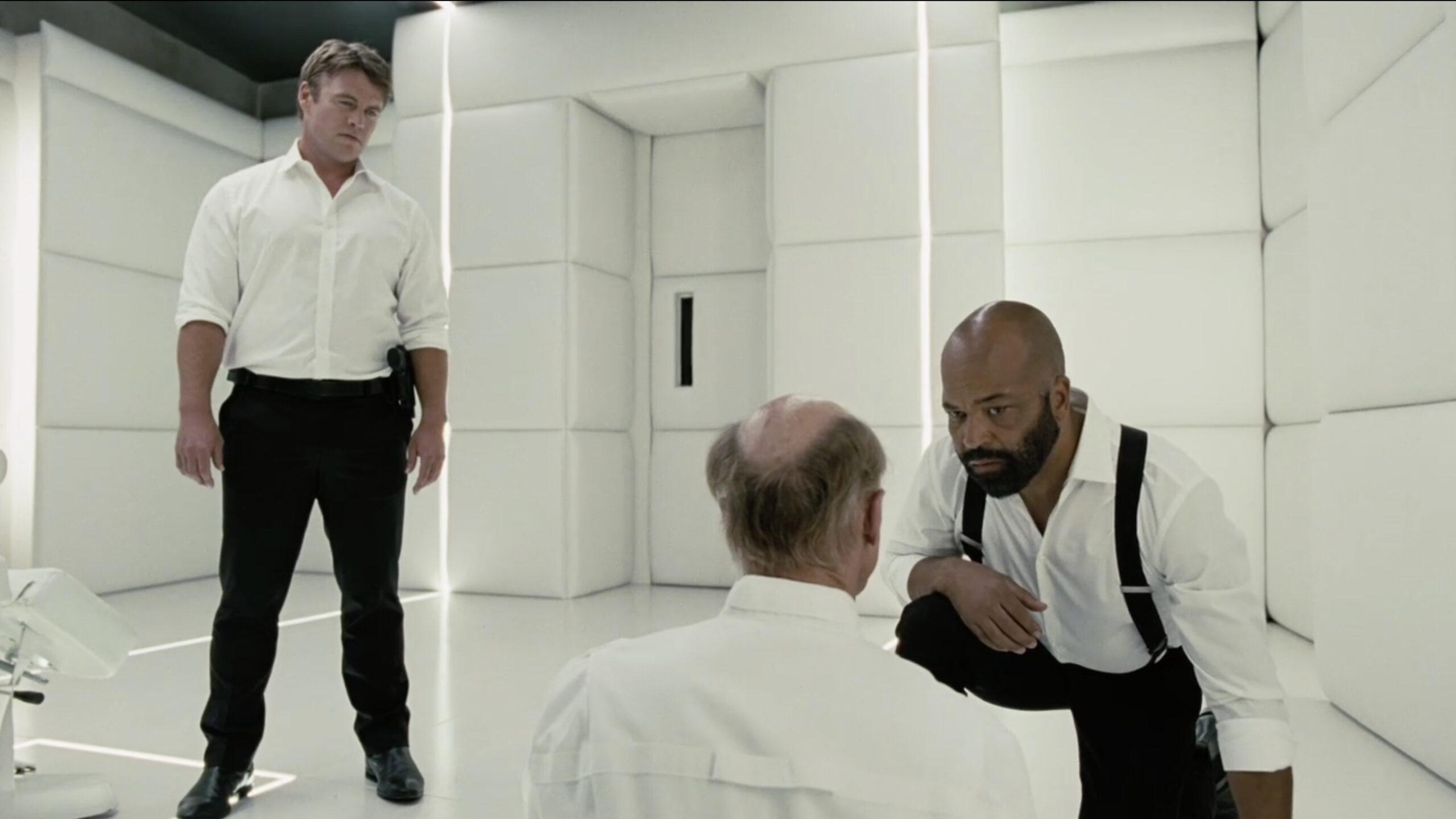
It turns out William was wearing the goggles for quite some time, as Bernard speculates that the doctors left him behind during the chaos created by the Incite leak. What William chooses to do now that he’s the “good guy,” as well as what Bernard and Stubbs even want with him, remains to be seen. But what I know for sure is that this will be one incredible trio to witness in action.
A List of Currently Unanswerable Questions
With Season 3’s penultimate episode arriving next week, questions continue to pile up with little time left for Westworld to provide answers. Though the series has clearly made a concerted effort this season to simplify the plot and has even been kind enough to provide the locations of several scenes, things are somehow more complicated than ever. It’s increasingly difficult to determine who or what is real with simulations, host copies, hosts posing as humans, and visions born from trauma all mixed together. Along with the many questions I raised last week that have yet to be answered, here are the biggest (as well as the very specific) questions I have leading into the seventh episode:
- Does the AR therapy have any different effect on hosts than it does on humans? If so, how was Caleb’s experience—we witnessed him wearing those same goofy-looking goggles in a flashback in the fifth episode—different from William’s?
- Now that humans are becoming self-aware of their predetermined existence like the hosts also once discovered in Westworld—which is heavily nodded at when a graffiti artist spray-paints the Westworld maze onto the side of a building—what will society look like once the chaos settles?
- Which William would be the best hang?
- When Charlotte tracked down Maeve and found Connells’s pearl plugged into the system, four hosts—including Maeve—were in the process of being built:
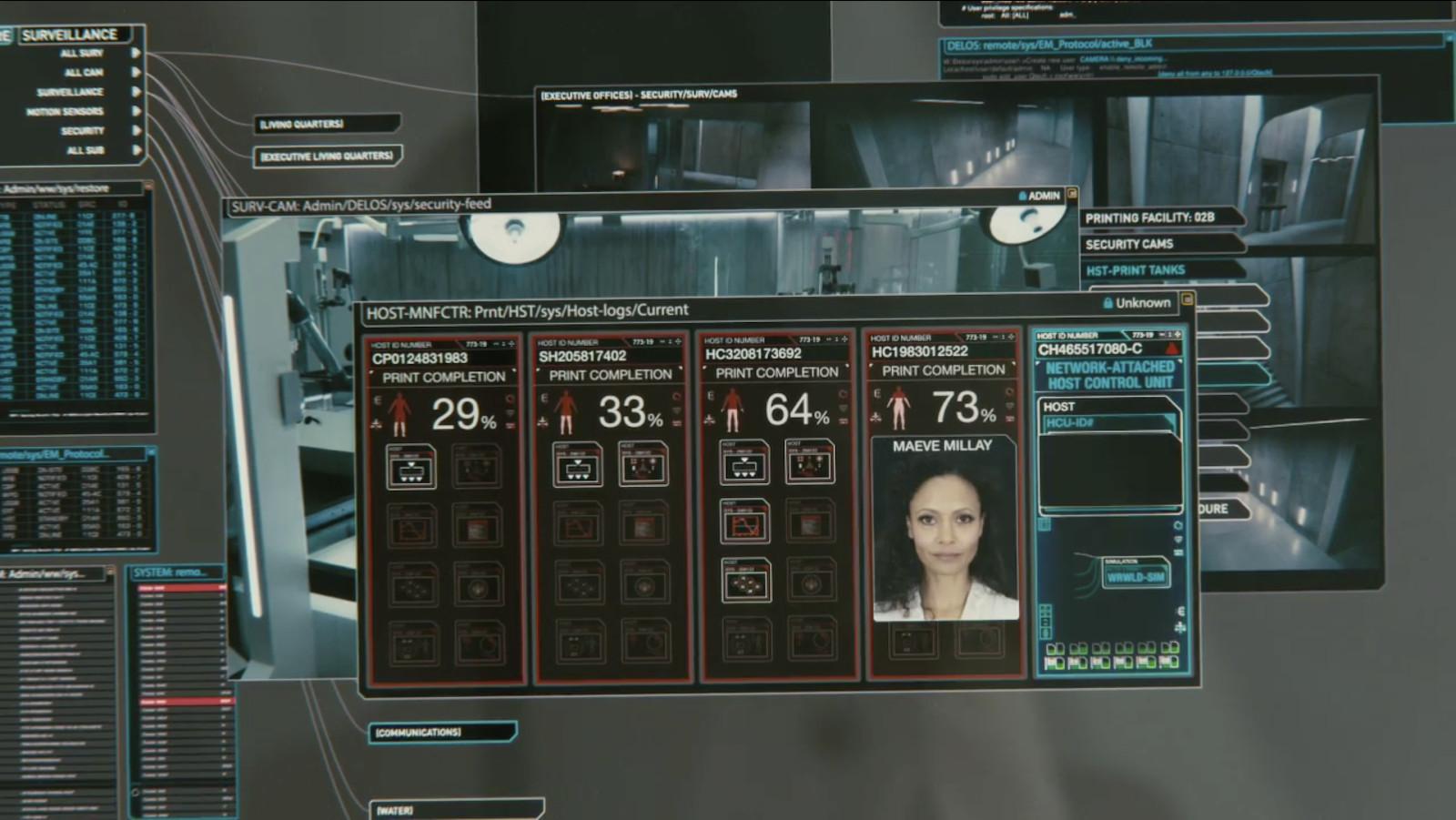
One of them belonged to Hector (RIP), another was the aforementioned Connells/Dolores—but who is the fourth one?
- So ... is there anyone in the world that received a positive Incite projection?
- After Charlotte picked up Connells’s pearl, what did she do with it?
- Why did Maeve fight all those soldiers when she has mind-control powers? Was it just for the satisfaction of killing Nazis or did she just not consider the alternative? (Totally understandable if it’s the former.)
- How will Musashi-Dolores and the, uh, Yakuza fit into all of this? (And what are the Yakuza even doing here?)
- For someone who considers himself a futurist, Serac has been pretty awful at anticipating any of Dolores’s plans. Is Serac playing the long game here and waiting for the right moment to reveal his hand? Or does he just have no chance of stopping Dolores?
Disclosure: HBO is an initial investor in The Ringer.

